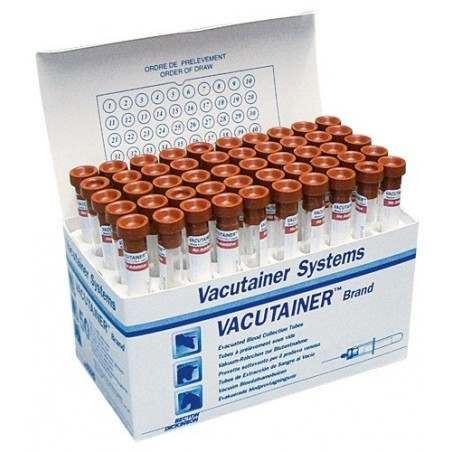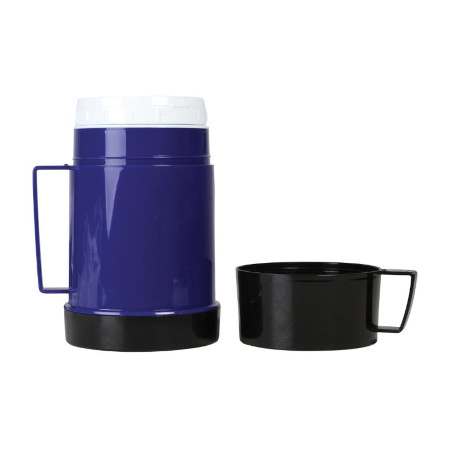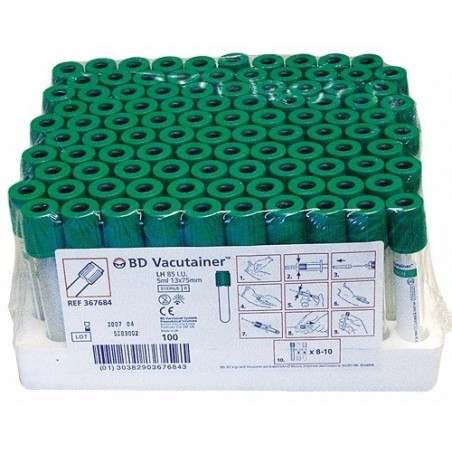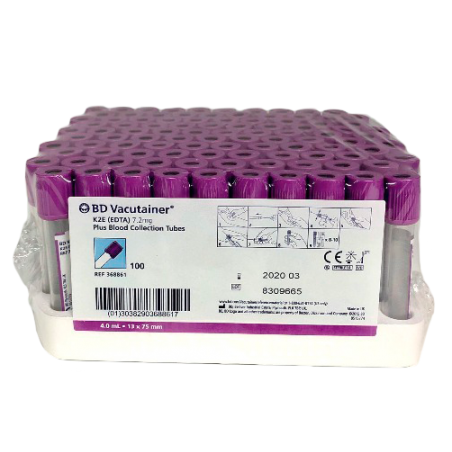Porcine reproductive and respiratory syndrome virus (PRRSV) is one of the economically most relevant pathogens in pig production.
One possible transmission route is artificial insemination of sows with virus-containing semen. Shedding in semen depends on various factors and is hardly predictable. The virus strain and its virulence play a role, but also animal-individual factors have influence on presence and quantity of virus in semen. PRRSV can be found in semen from two days after infection, but frequency and duration of shedding vary greatly. In some boars, PRRSV is never found in semen or only for few days shortly after infection, whereas in others it can be detected over longer periods. In one study, a boar shed PRRSV in semen until day 92 after infection (see table 1). Furthermore, shedding can be continuous or intermittent. Even if PRRSV is present in semen, not every inseminated sow becomes infected. This also depends on various factors like the amount of virus in semen but also the minimal infectious dose which can vary from sow to sow or between virus strains etc.

Table 1. Selection of studies that assessed duration and frequency of PRRSV shedding in semen
after experimental inoculation of boars (DPI = days post inoculation)
| Study | No. of boars in study | Examination interval | Results |
| Swenson et al. 1994 | 4 | Semen collected from day 3/5 to 56 DPI (sampling intervals not specified) | all boars shed virus; almost all samples between 3 / 5 DPI and 13 / 24 / 27 / 43 DPI positive |
| Christopher-Hennings et al. 1995a | 4 | Semen collected twice weekly for 8 weeks following experimental inoculation | all boars almost continuously positive: 2 boars between 3 and 35 / 47 DPI, 2 boars between 5 and 13/25 DPI |
| Christopher-Hennings et al. 1995b | 4 | Semen collected 2-3 times weekly for over 100 DPI | 2 boars intermittently positive between 3 / 7 and 25 DPI; 2 boars almost continuously from 3 to 56 DPI and 5 to 92 DPI |
| Shin et al. 1997 | 3 | Semen collected until 85 DPI (sampling intervals not specified) | 2 boars positive until 50 / 57 DPI; 1 boar for 2 days |
| Christopher-Hennings et al. 1998 | 6 | Semen collected 3 times weekly until 21 DPI (5 boars out of 6 were vasectomized) | 5 boars (incl. 1 non-vasectomized) continuously positive until 21 DPI; 1 until 12 DPI |
| Christopher-Hennings et al. 2001 | 7 | Semen collected twice weekly until between 39 and 84 DPI (2 Landrace, 2 Yorkshire, 3 Hampshire) |
LR: continuously positive between 4 and 70 DPI and 7 to 32 DPI York.: once or twice positive around 4 / 10 DPI Hamp.: 1 boar twice positive around 10 DPI; 2 boars almost continuously between 7 DPI and 28 / 46 DPI |
| Wasilk et al. 2004 | 6 | Semen collected 3 times per week for 4 weeks, twice per week for 2 weeks, then once per week for 6 weeks | 1 boar never positive; 4 boars once or twice positive around 10 DPI; 1 boar several times until 32 DPI positive |
In awareness of these potential implications breeding companies have established negative boar studs and regularly monitor PRRSV freedom. This is not without problems. Firstly, there are no standards for the design of monitoring protocols. They vary from (bi-)weekly sampling of boars to a yearly census, although only very short test intervals serve to detect an infection early enough to prevent further spread to sow herds (Rovira et al., 2007, Nathues et al., 2013). Another issue represents the test method. The commonly used serological monitoring bears the risk of missing an infection in the stage were infected animals have not developed antibodies yet (usually detectable after 7 to 14 days p.i.). A suitable alternative is virus detection on serum via PCR. Since viraemia normally lasts for 10 - 14 days after infection in adult animals, an optimal albeit expensive sampling scheme would include both methods. A possible diagnostic gap (no viraemia anymore but no detectable antibodies yet) should be avoidable by sampling a sufficient number of animals. Lastly, some studs do PCR on semen, since it has certain practical advantages over serum (no need to bleed boars). Nonetheless, semen cannot be considered as reliable to monitor PRRSV freedom. On the one hand, PRRSV detection in semen is practically challenging due to specific features of the specimen. On the other hand, the aforementioned particularities of shedding mean that a negative test result on semen does not proof absence of infection in a boar. The suitability of alternatives like oral fluid specimens is subject to further proof.
Therefore, not only do infections of boar studs happen repeatedly, but also further spread to sow herds. One prominent example where the import of semen led to an outbreak in a PRRSV-free country is the case of Switzerland. In November 2012, PRRSV was detected in three sow herds after they had used semen from a German stud. Fortunately the Swiss outbreak was controlled successfully because of good collaboration between Swiss Veterinary Authorities and importer / boar stud. However, it caused high damage since many potential contact herds had to be tested (see table 2) and be put under restrictions, and one herd had to be culled. Even though the boar stud conducted a biweekly PRRSV-monitoring (partly on semen), it did not prevent the virus from being disseminated to a high number of sow herds. This example underlines that monitoring protocols in boar studs are often insufficient to timely detect an infection and even semen purchase from certified PRRSV free studs cannot guarantee 100% security for sow herds.
Table 2. Total diagnostic efforts to control the PRRSV outbreak 2012/2013 in Switzerland: Number of investigated Swiss sow farms and conducted laboratory tests (RT-qPCR and ELISA; confirmatory examinations: always at least 21 days after first examination.
| Swiss farms | First examinations | Confirmatory examinations | Total | ||
| RT-qPCR | ELISA | ELISA | |||
| Infected farms | farms investigated | 3 | 3 | 2 | 3 |
| tests conducted (positive) | 1671 (19) | 907 (1) | 105 | 2683 | |
| Farms with semen purchase | farms investigated | 23 | 23 | 23 | 23 |
| tests conducted | 4885 | 4388 | 877 | 10150 | |
| Secondary contact farms | farms investigated | 18 | 62 | 3 | 62 |
| tests conducted | 651 | 1850 | 71 | 2572 | |
| Total | farms investigated | 44 | 88 | 28 | 88 |
| tests conducted | 7207 | 7125 | 1053 | 15385 | |
Consequently, several PRRSV-free countries have implemented strict regulations governing imports of boar semen. Some like Sweden do not import boar semen from non-free countries. Sweden, Finland and Norway have an official agreement to exchange genetic material (boar semen). Norway and New Zealand allow semen import from non-free countries only under extremely strict precautions, including rigorous quarantine measures and repeated testing of semen donors and recipient sows. The Swiss guidelines implemented after the outbreak require semen and serum testing of each boar with PCR and ELISA at the day of each semen collection for Switzerland. Results have to be submitted to the Cantonal Veterinary Offices, and semen may only be used after all test results are negative. Sow farms are put under animal movement restrictions until a sample of 15 inseminated sows, taken at minimum 28 days after the last insemination with imported semen, gives a negative result.











